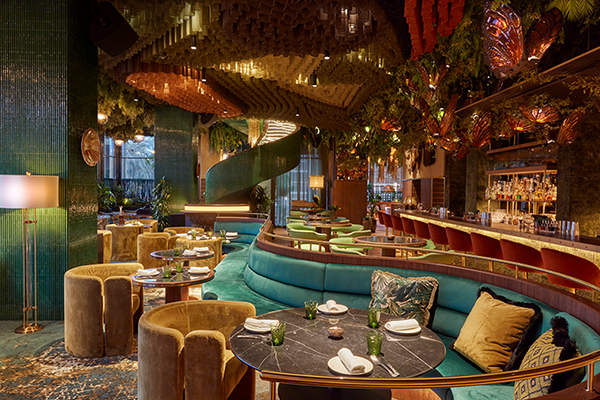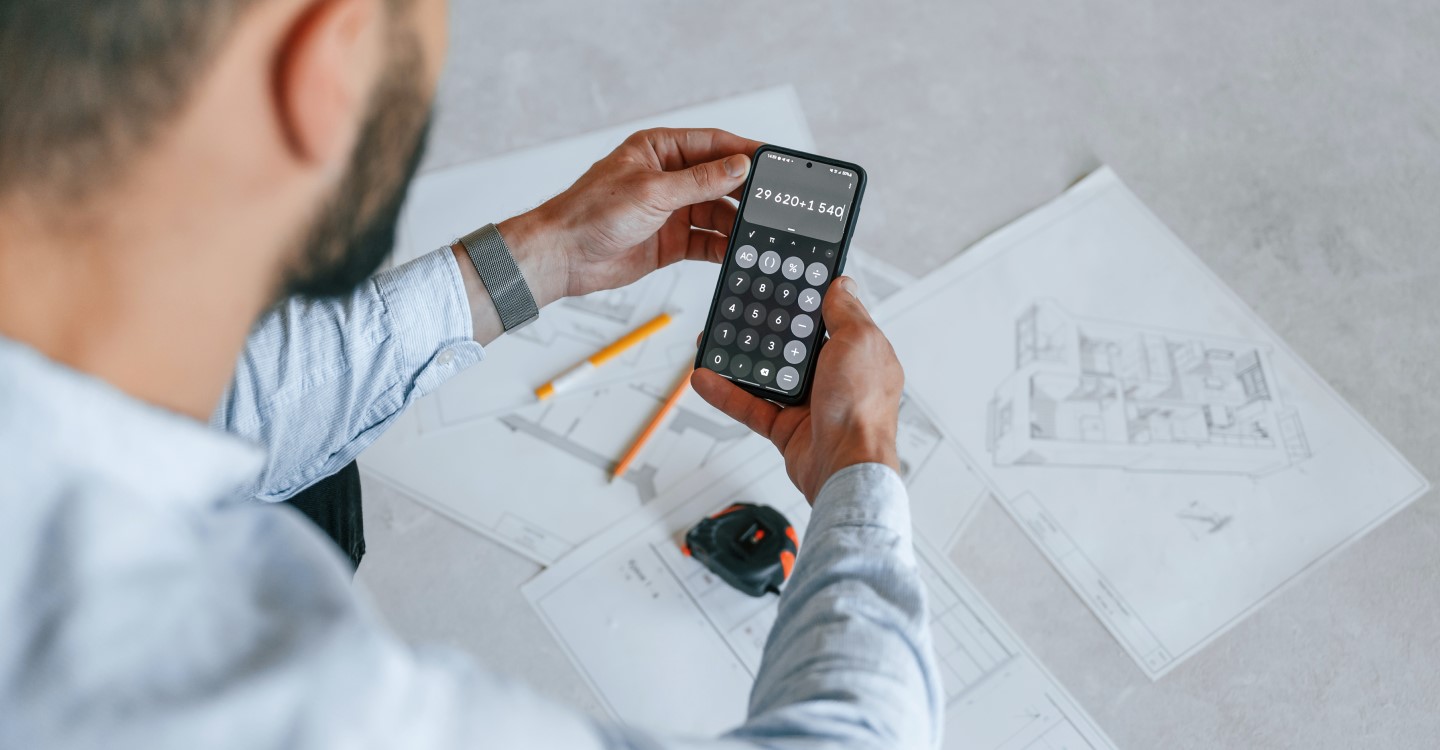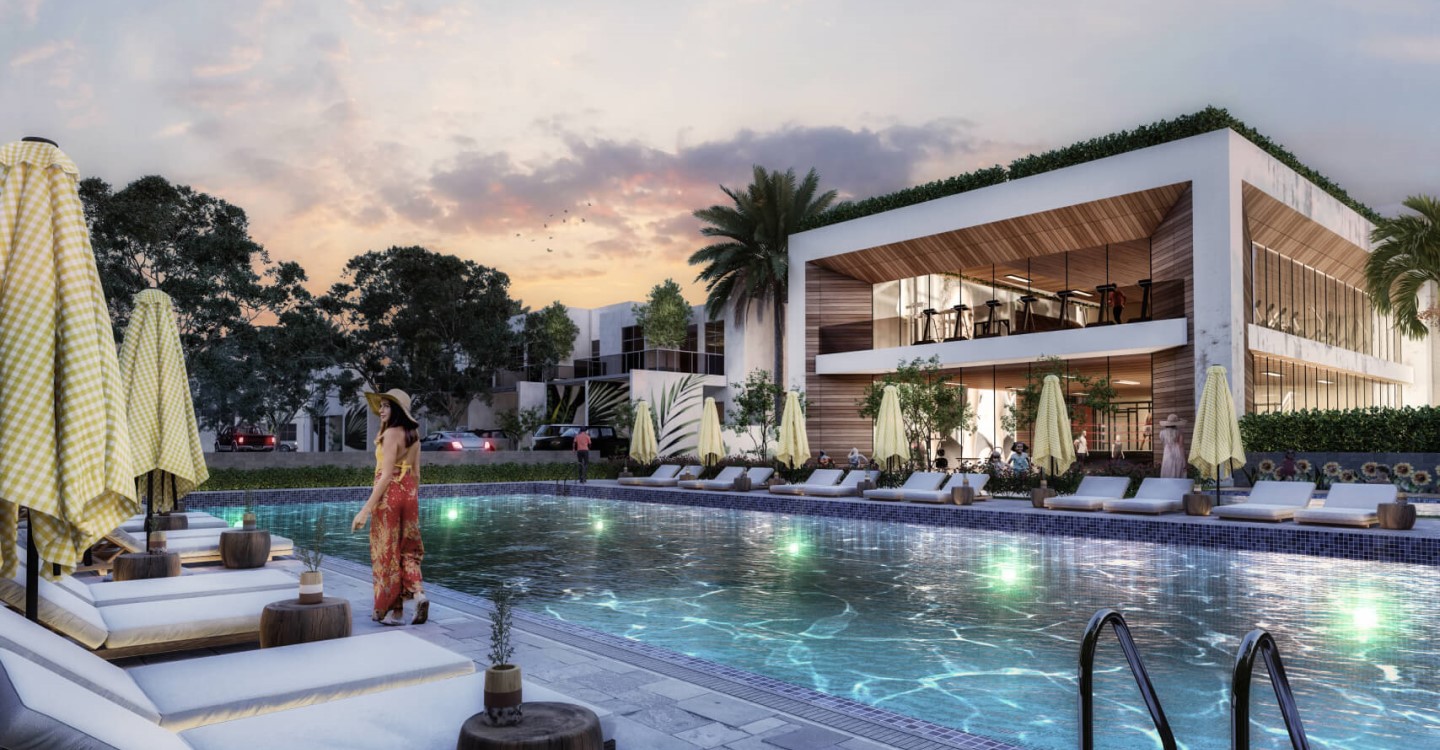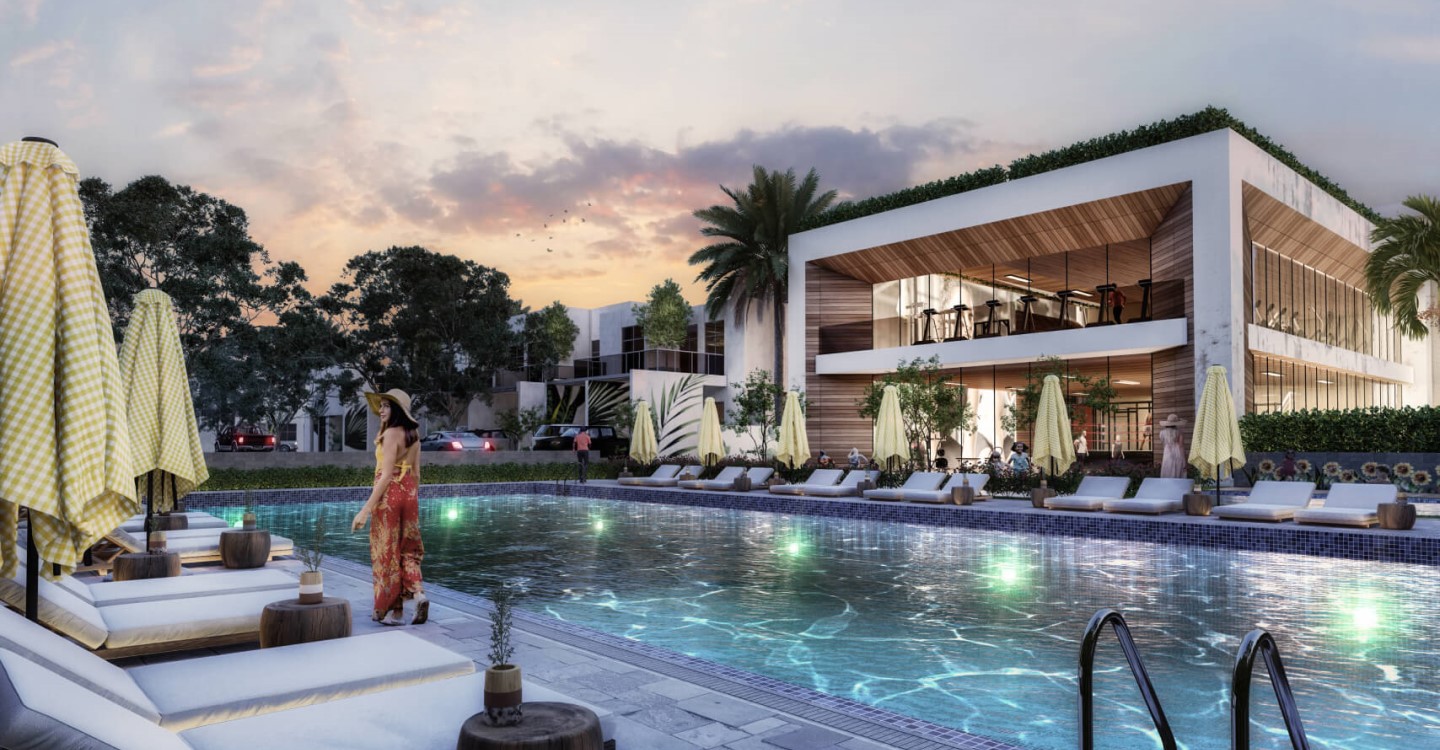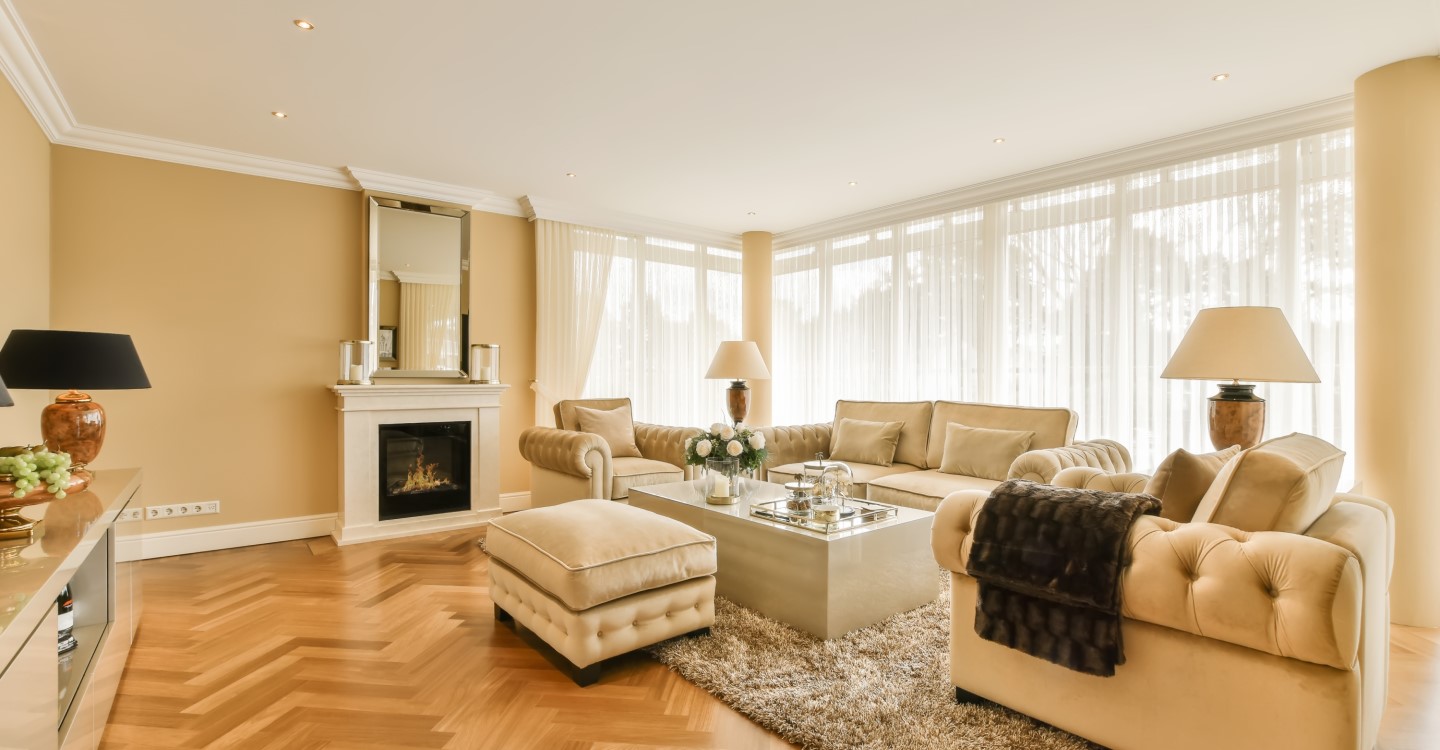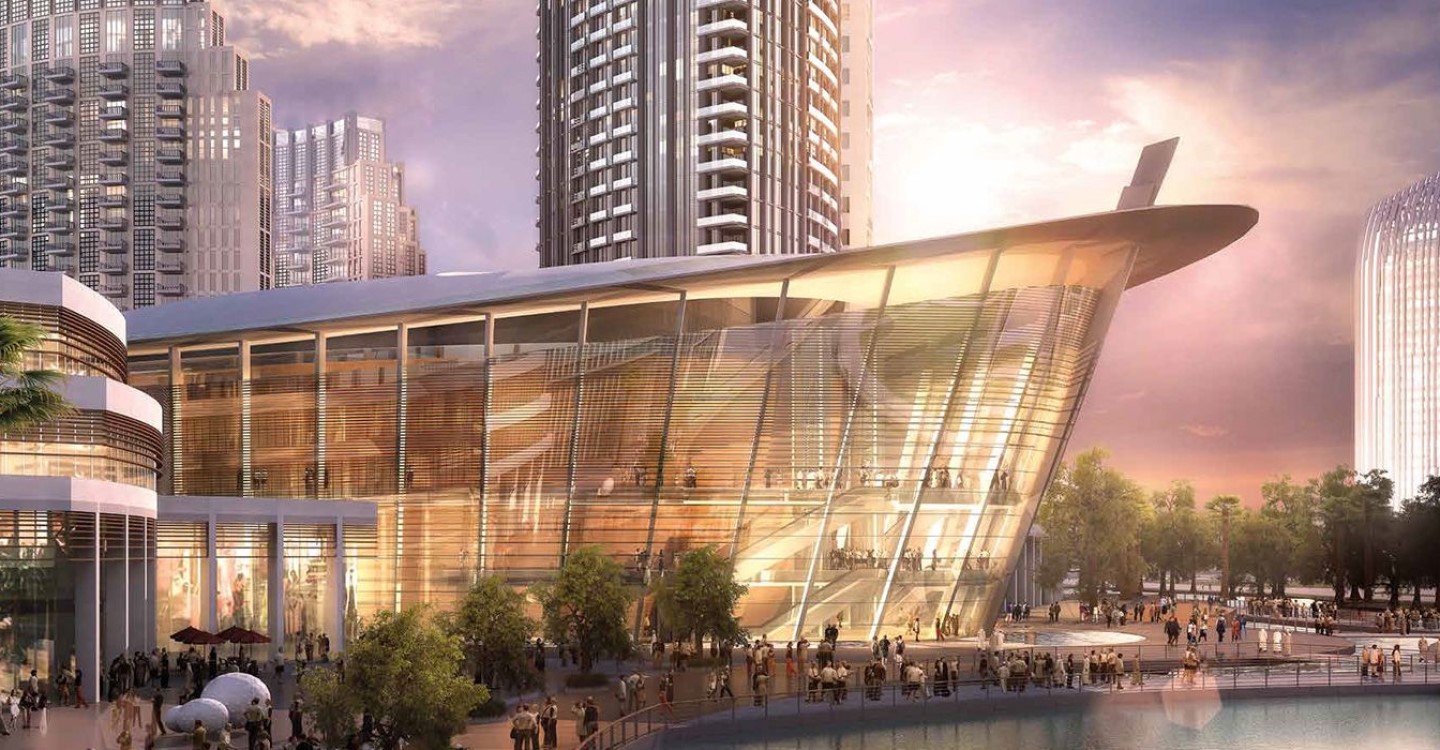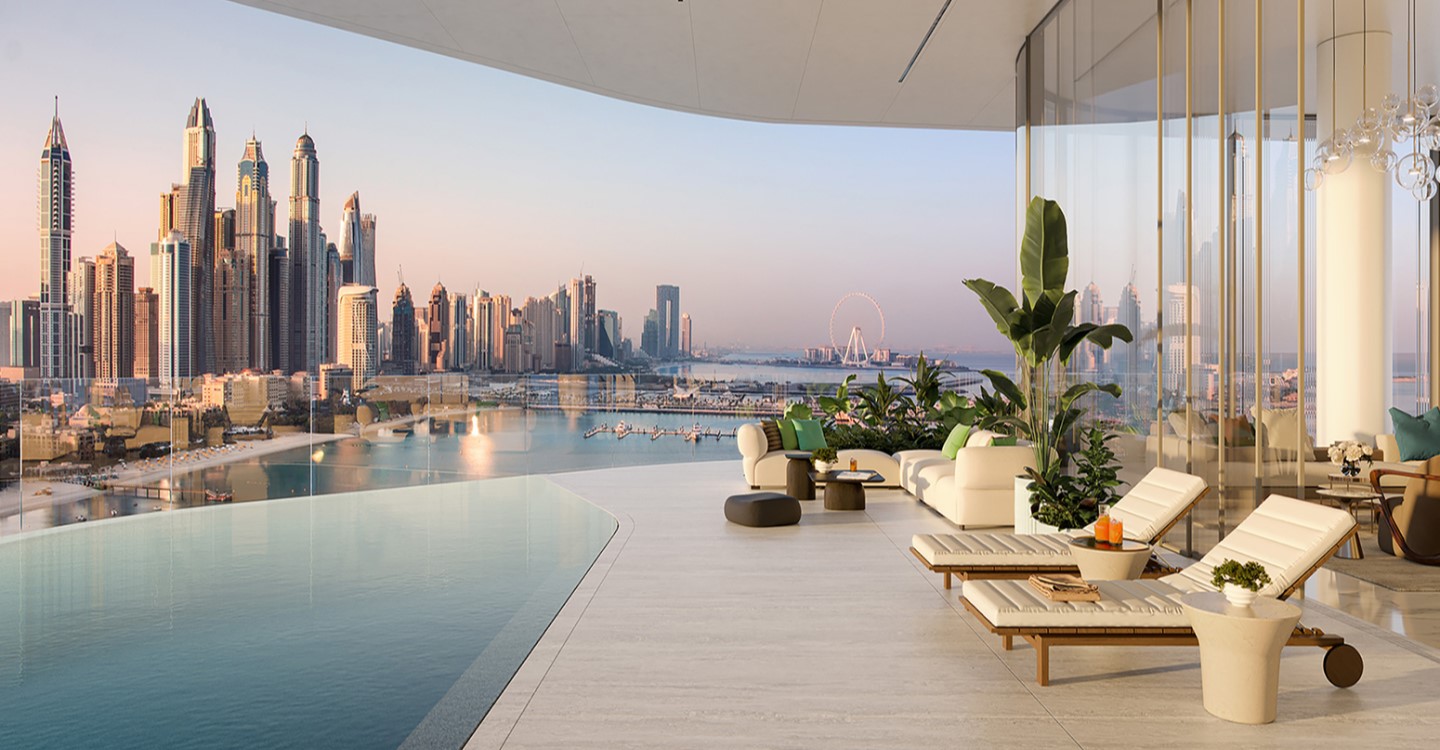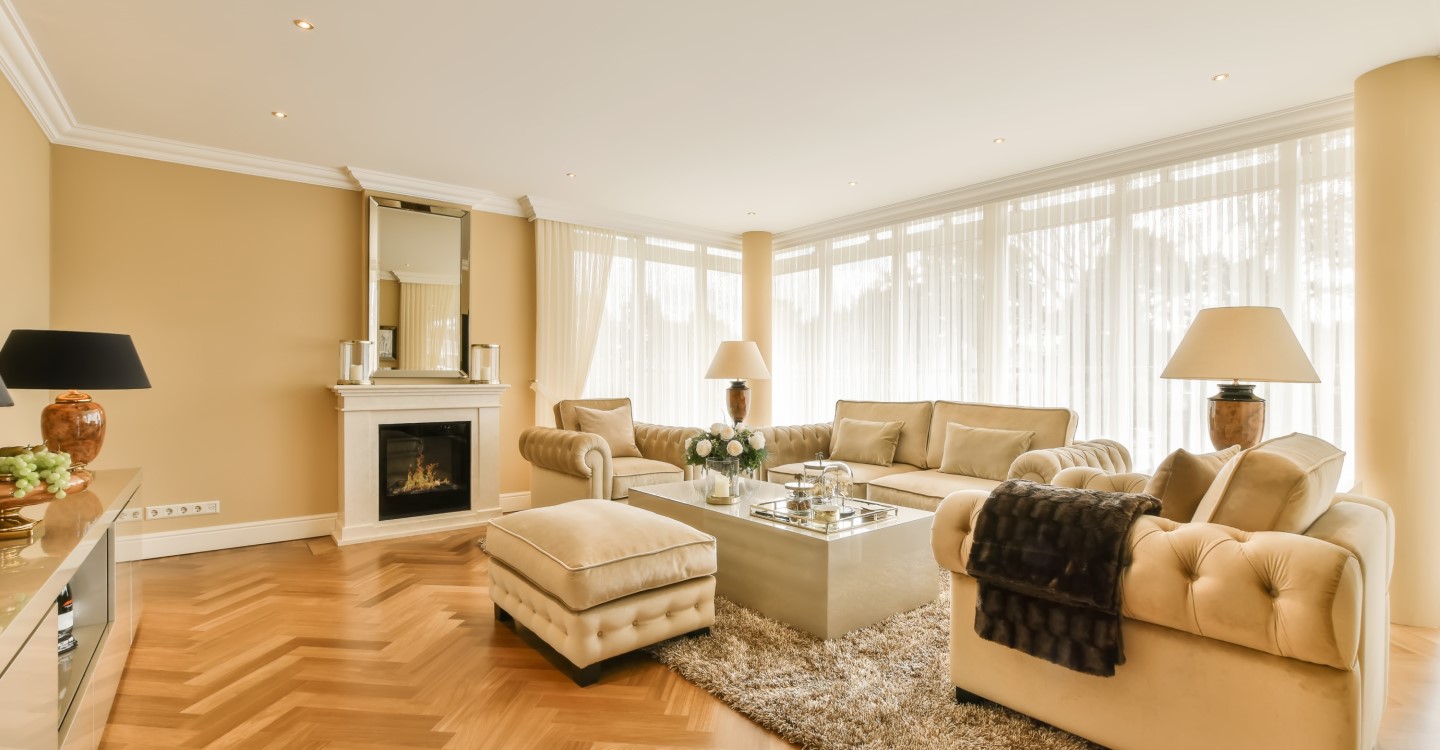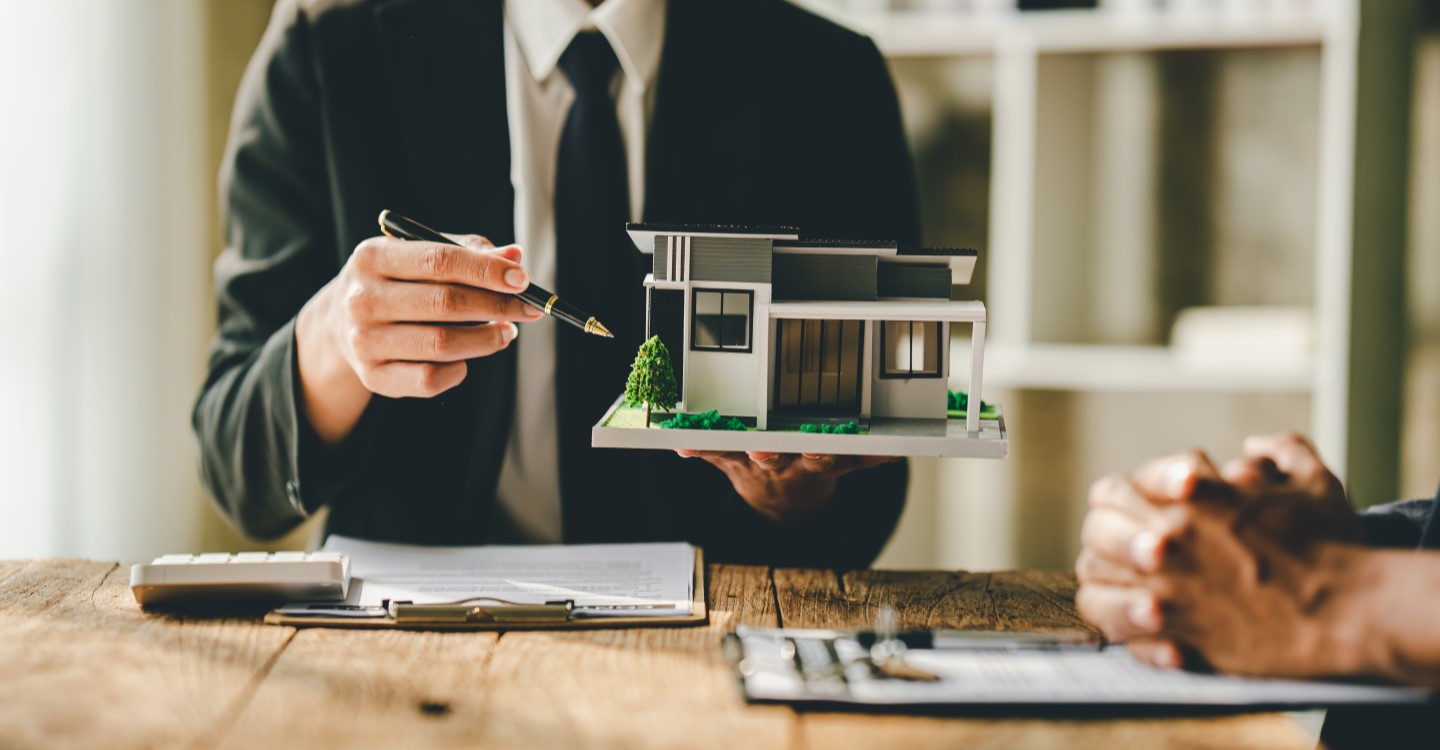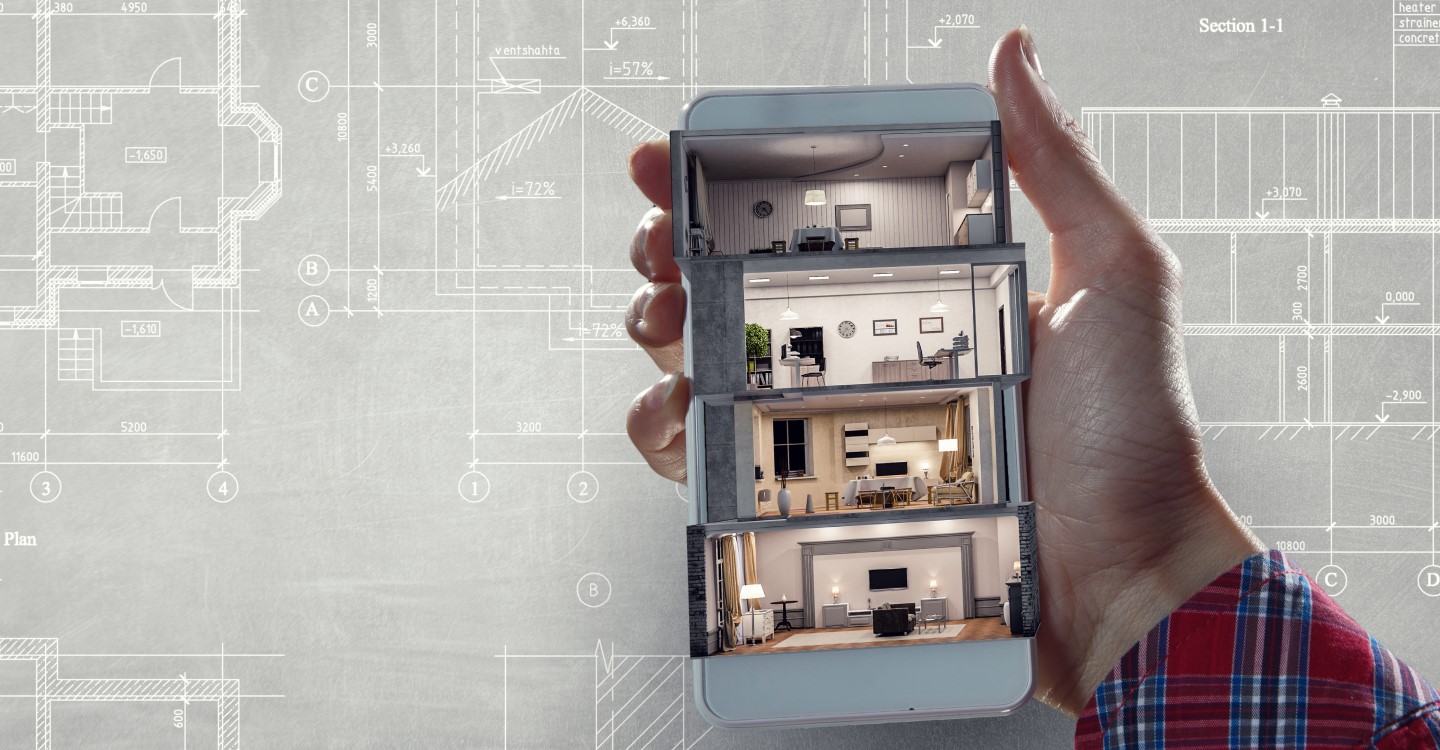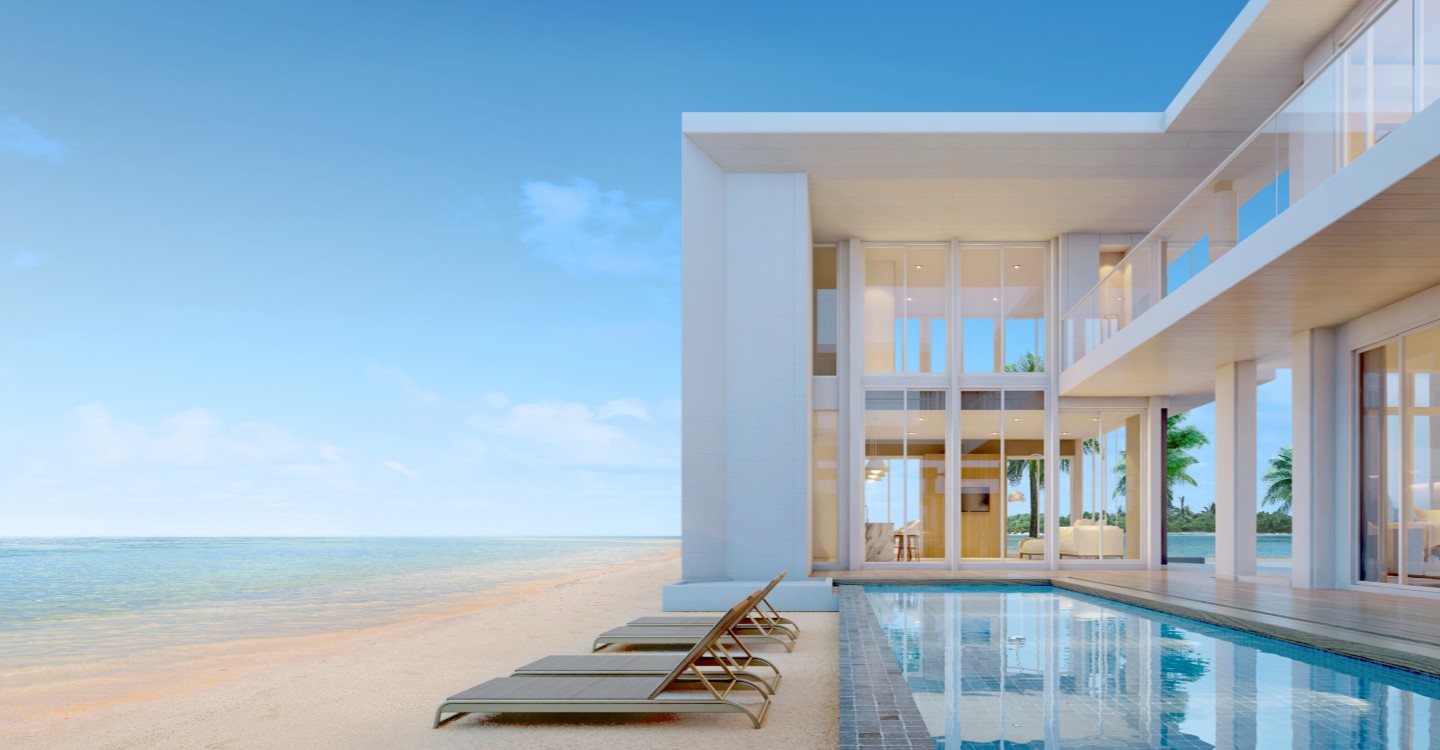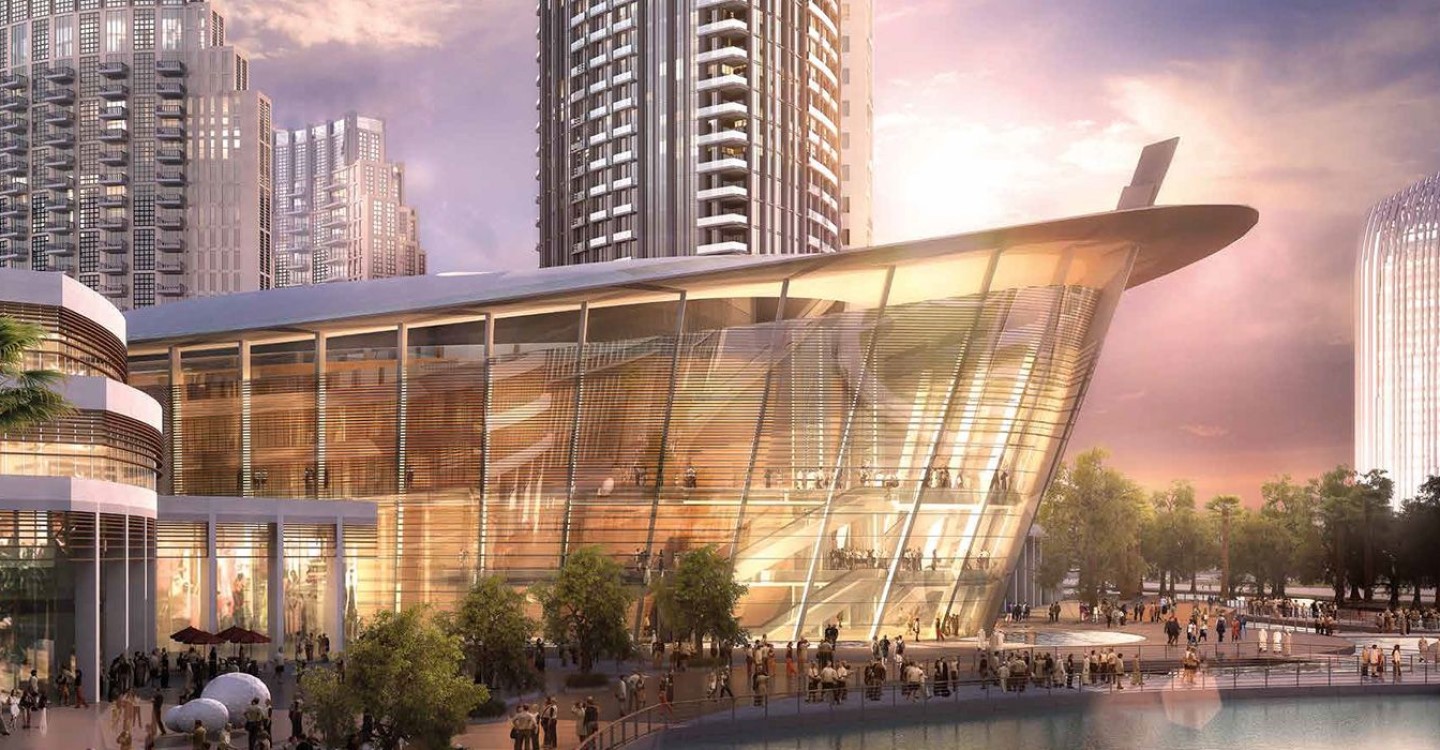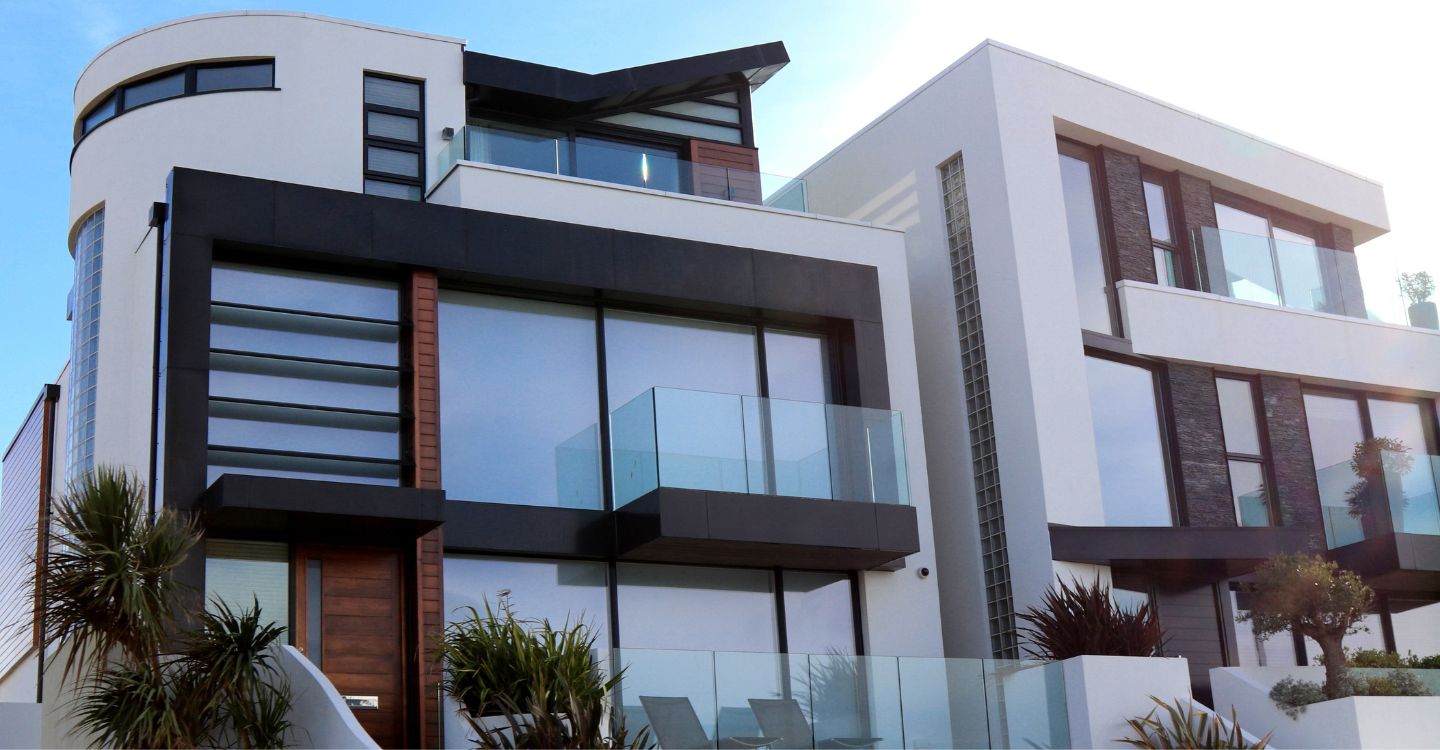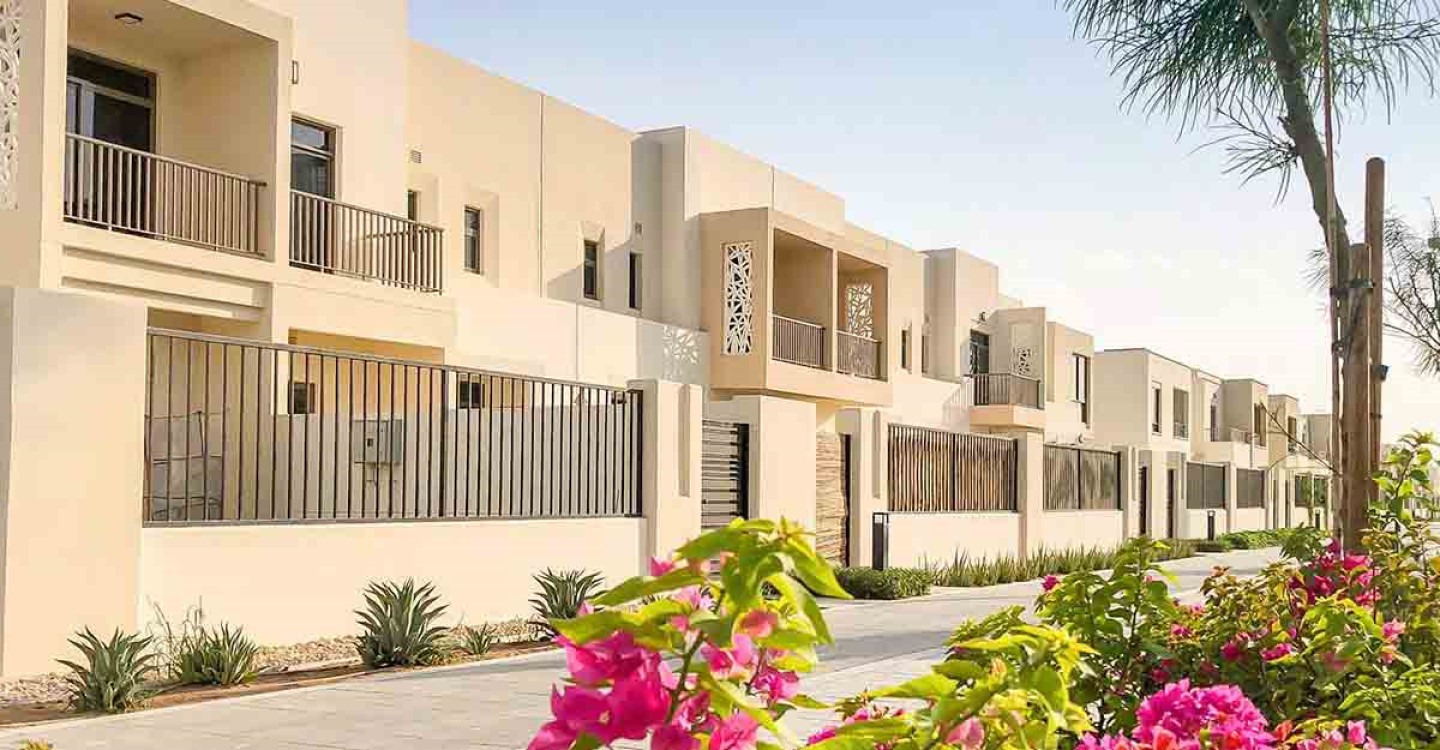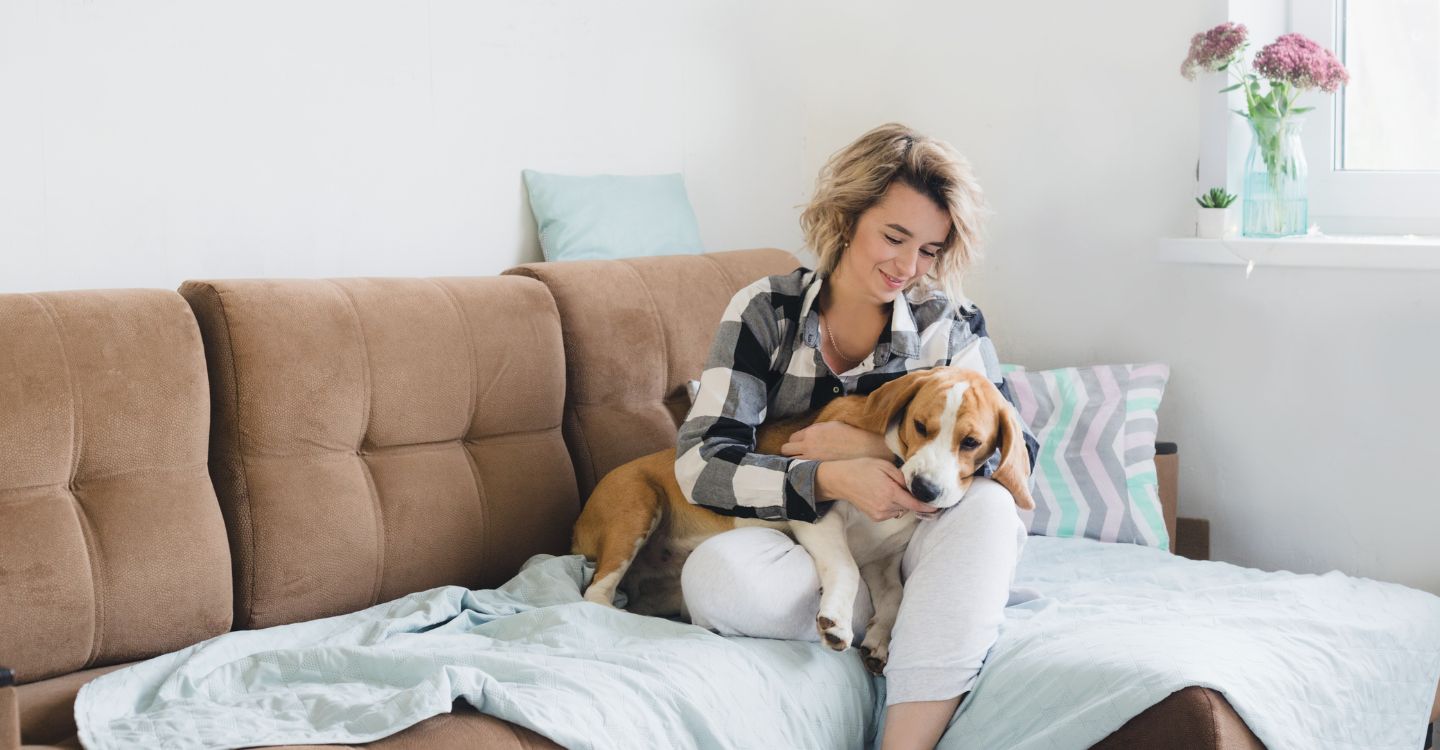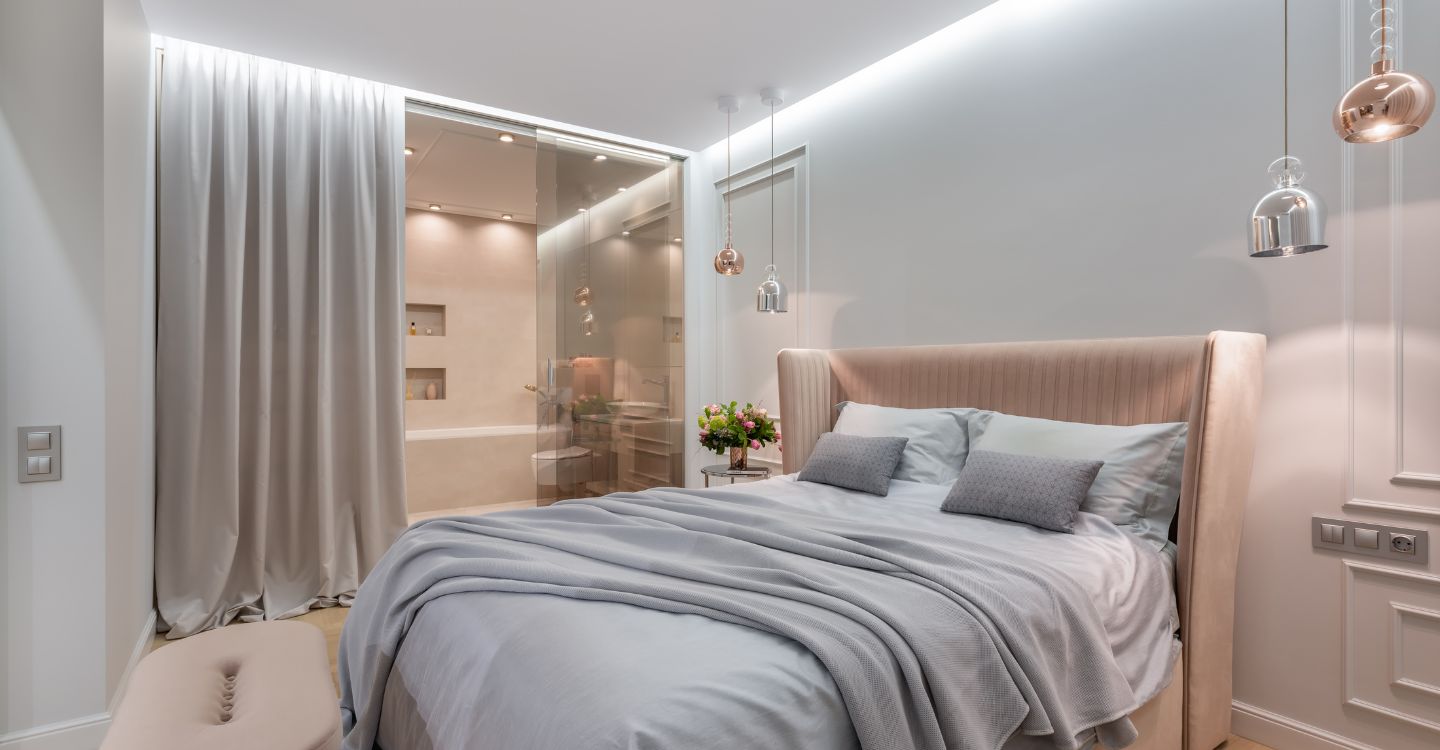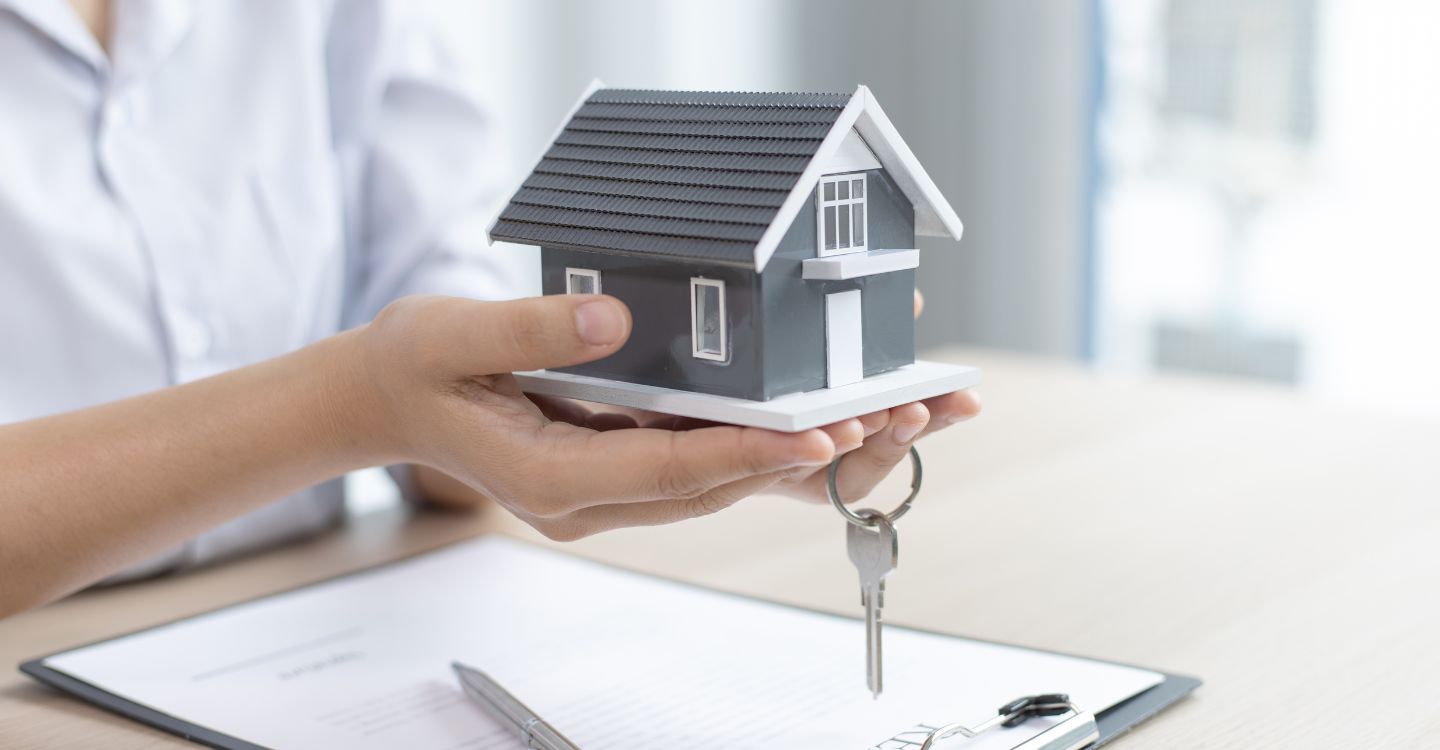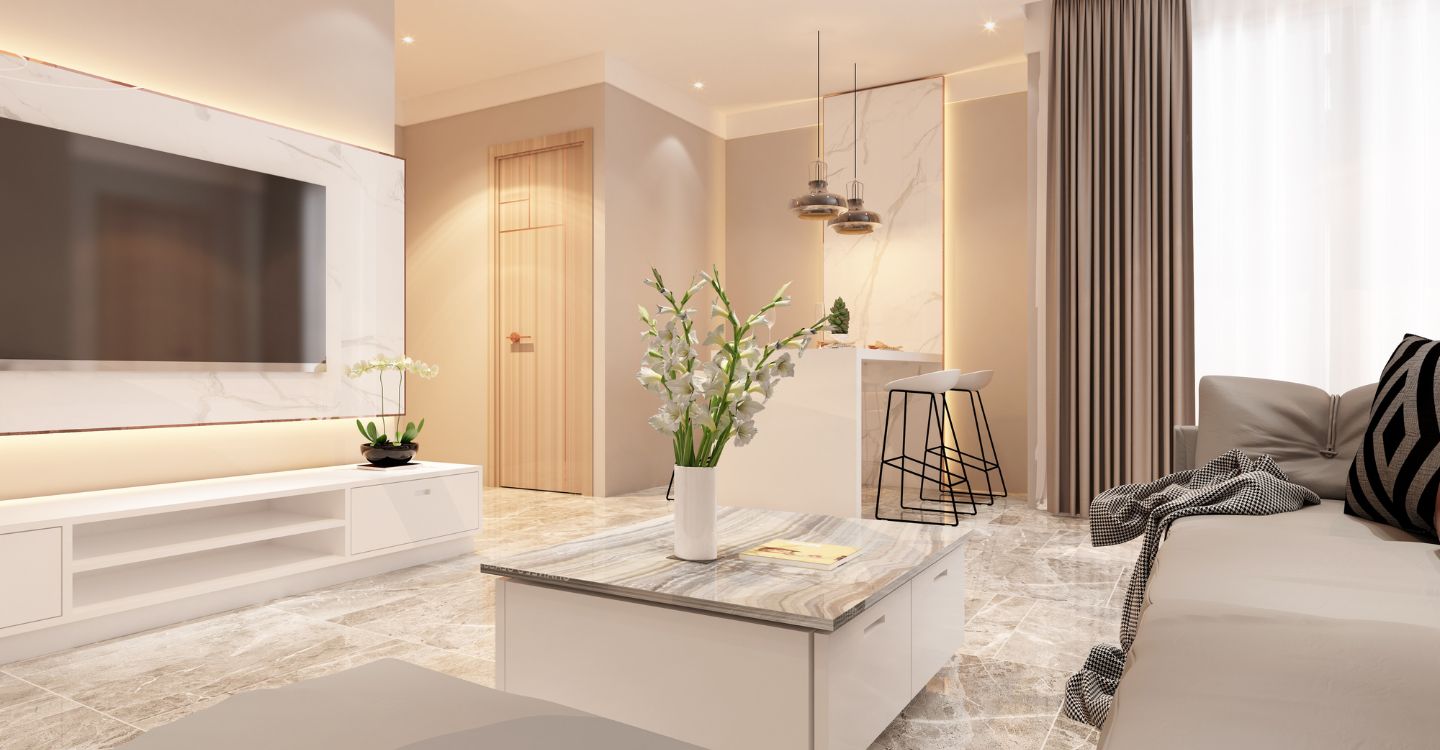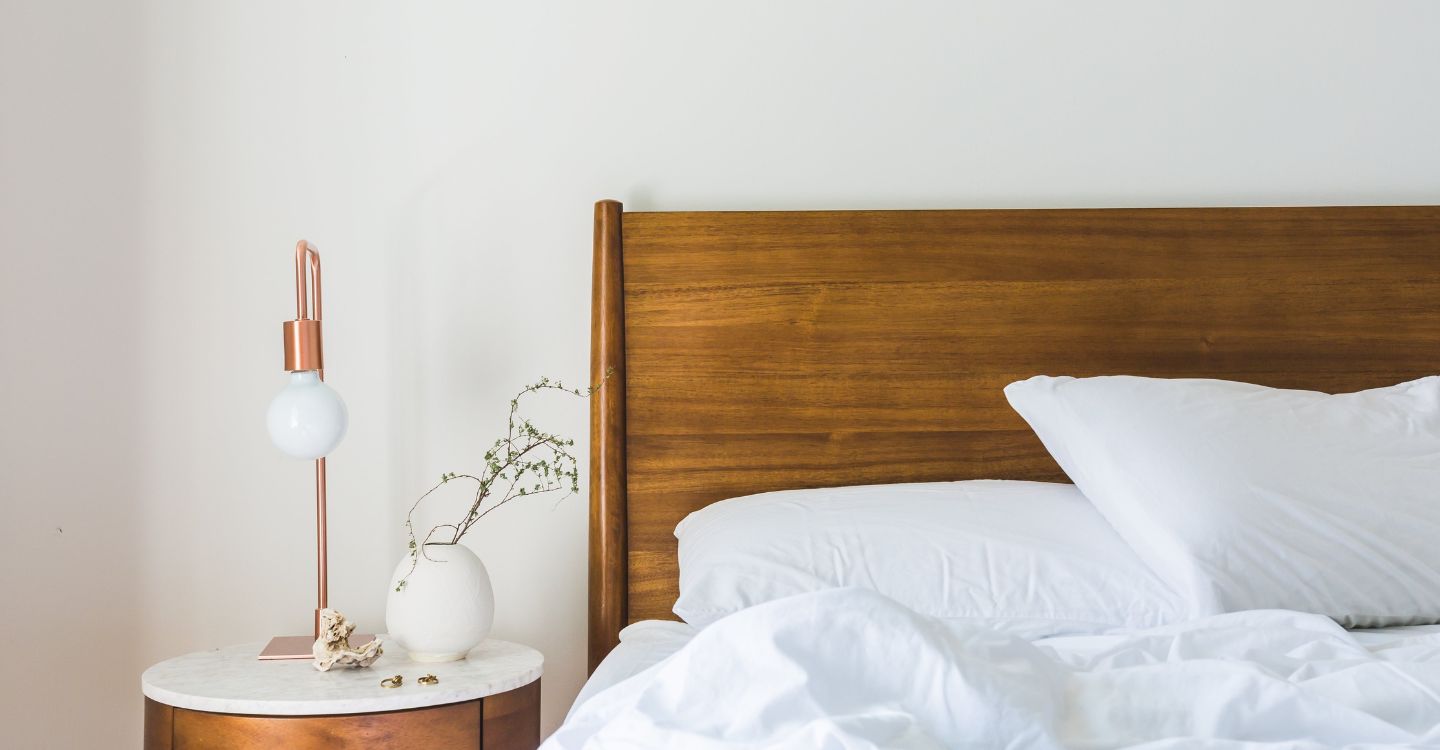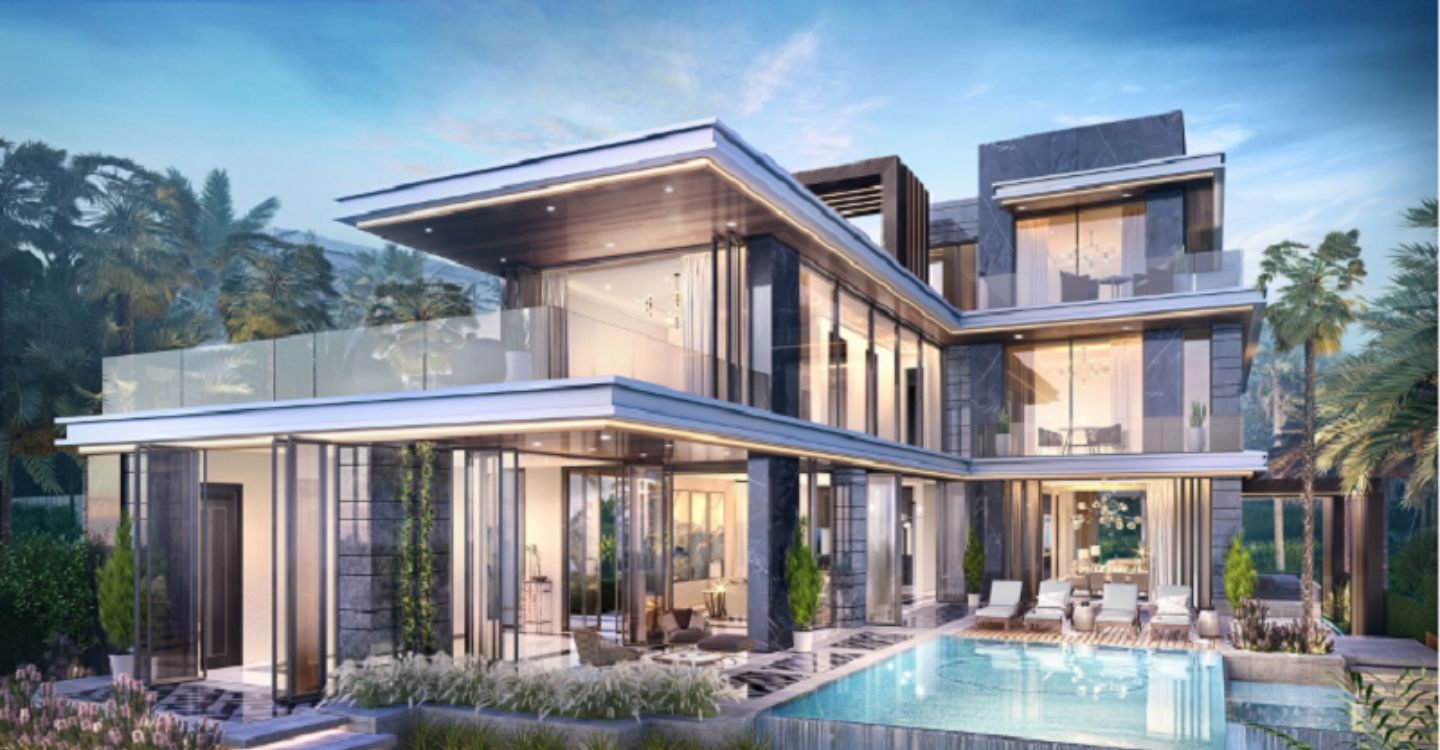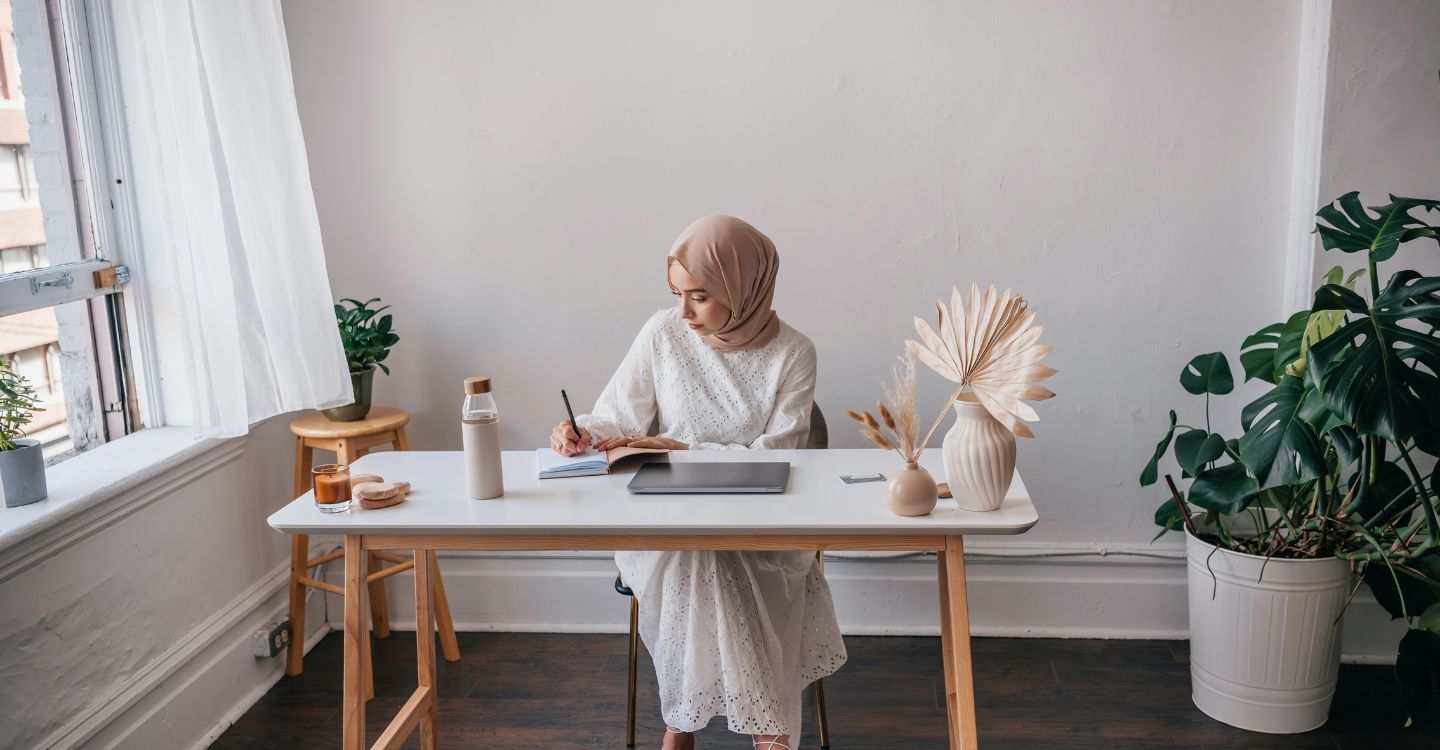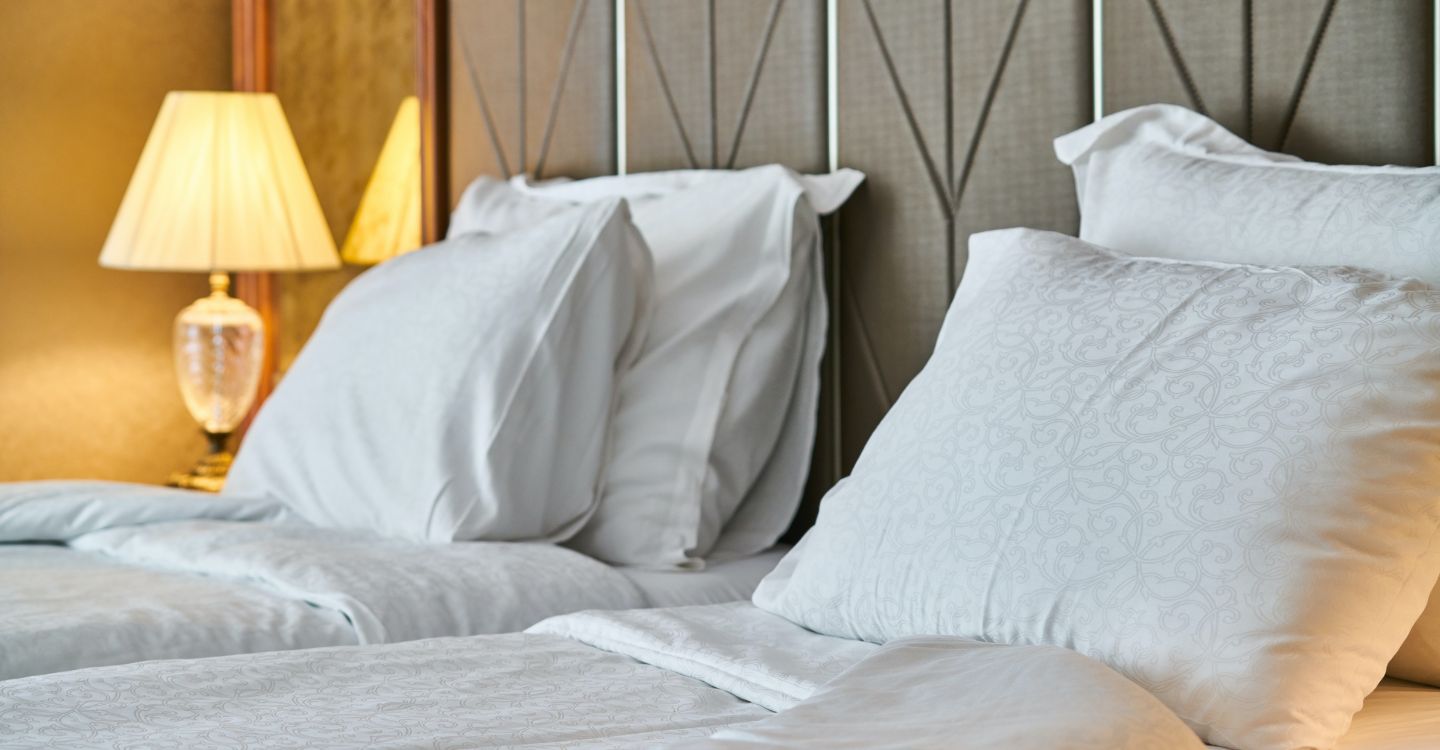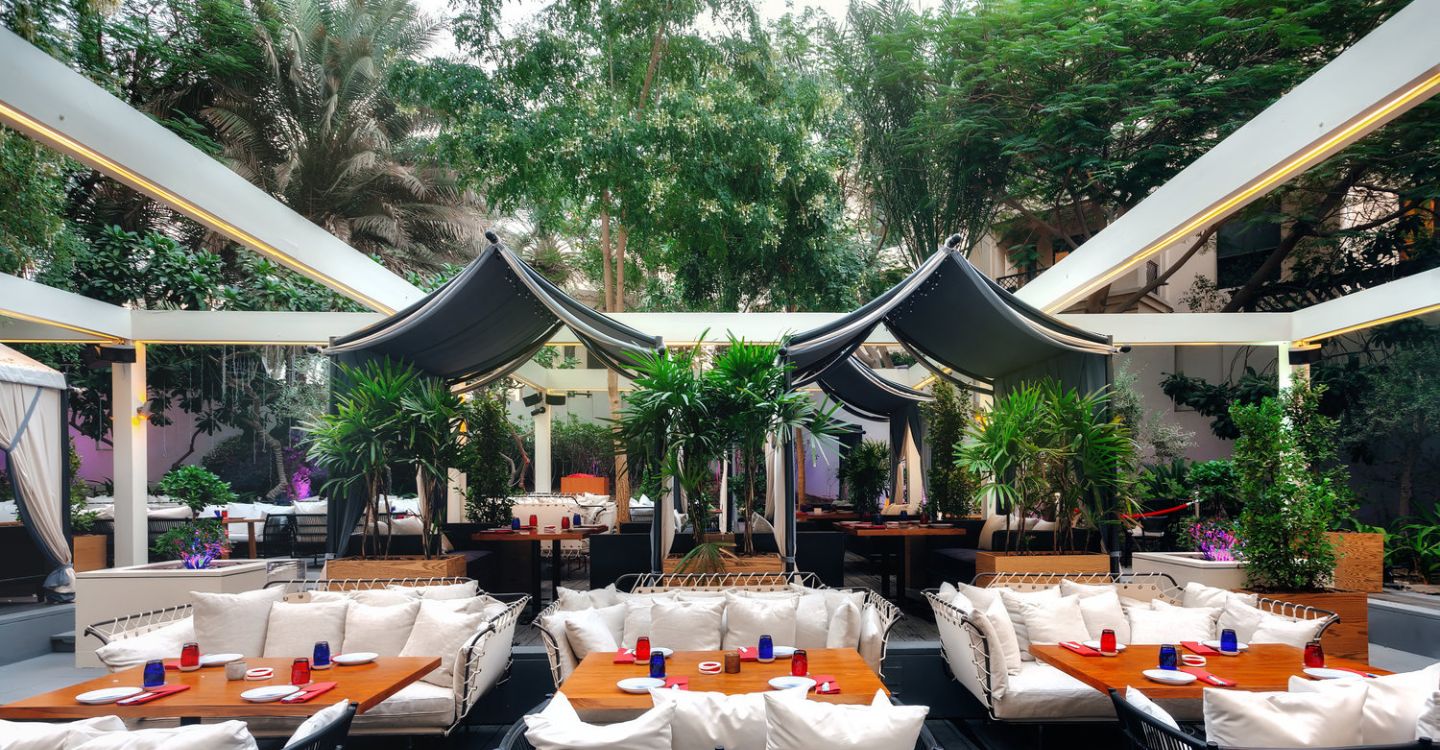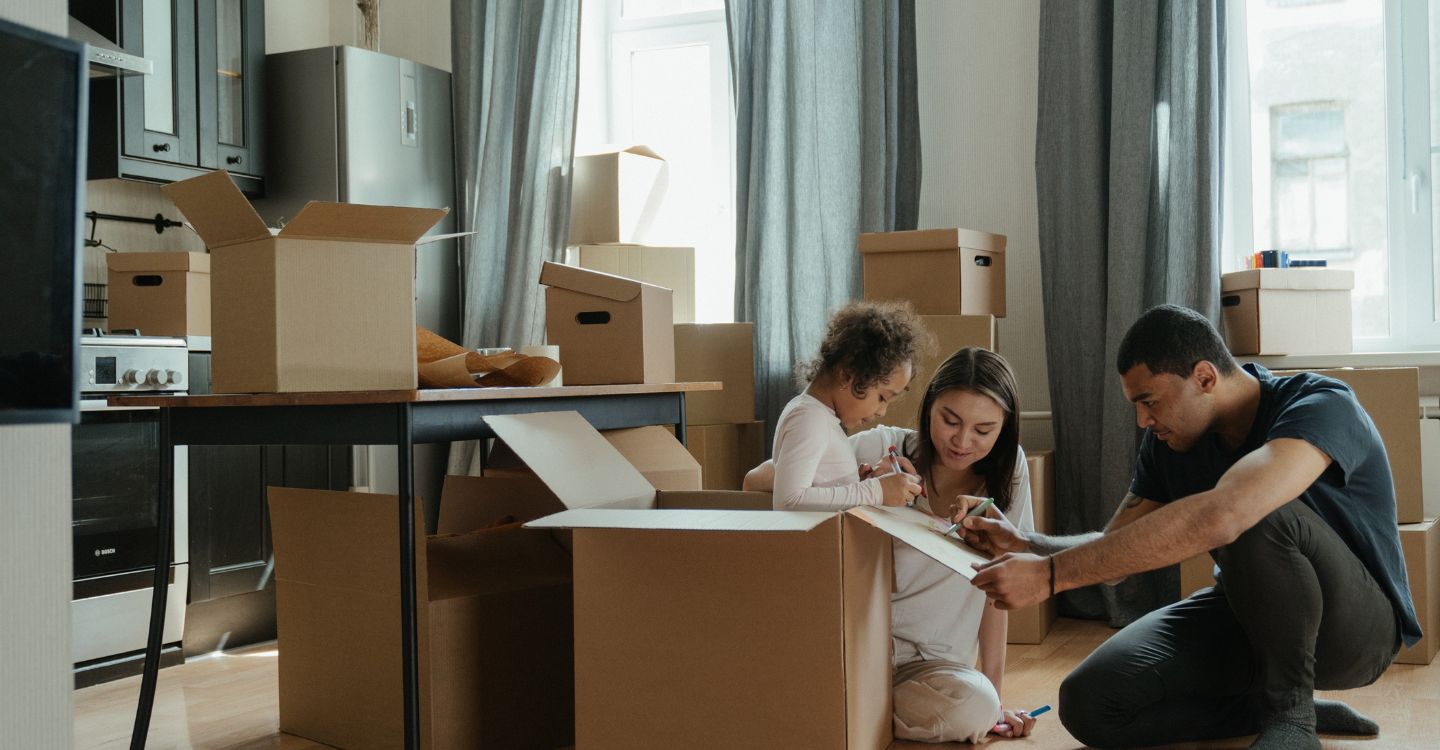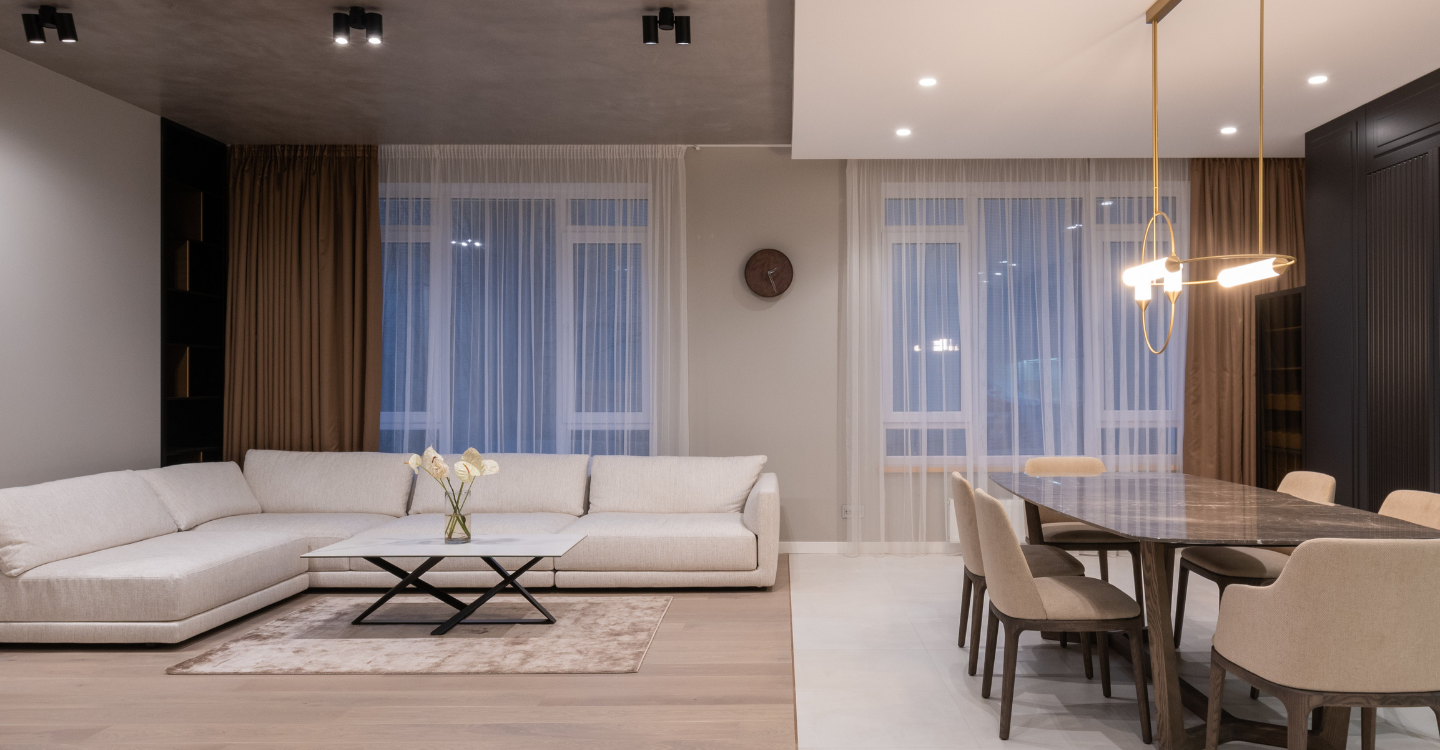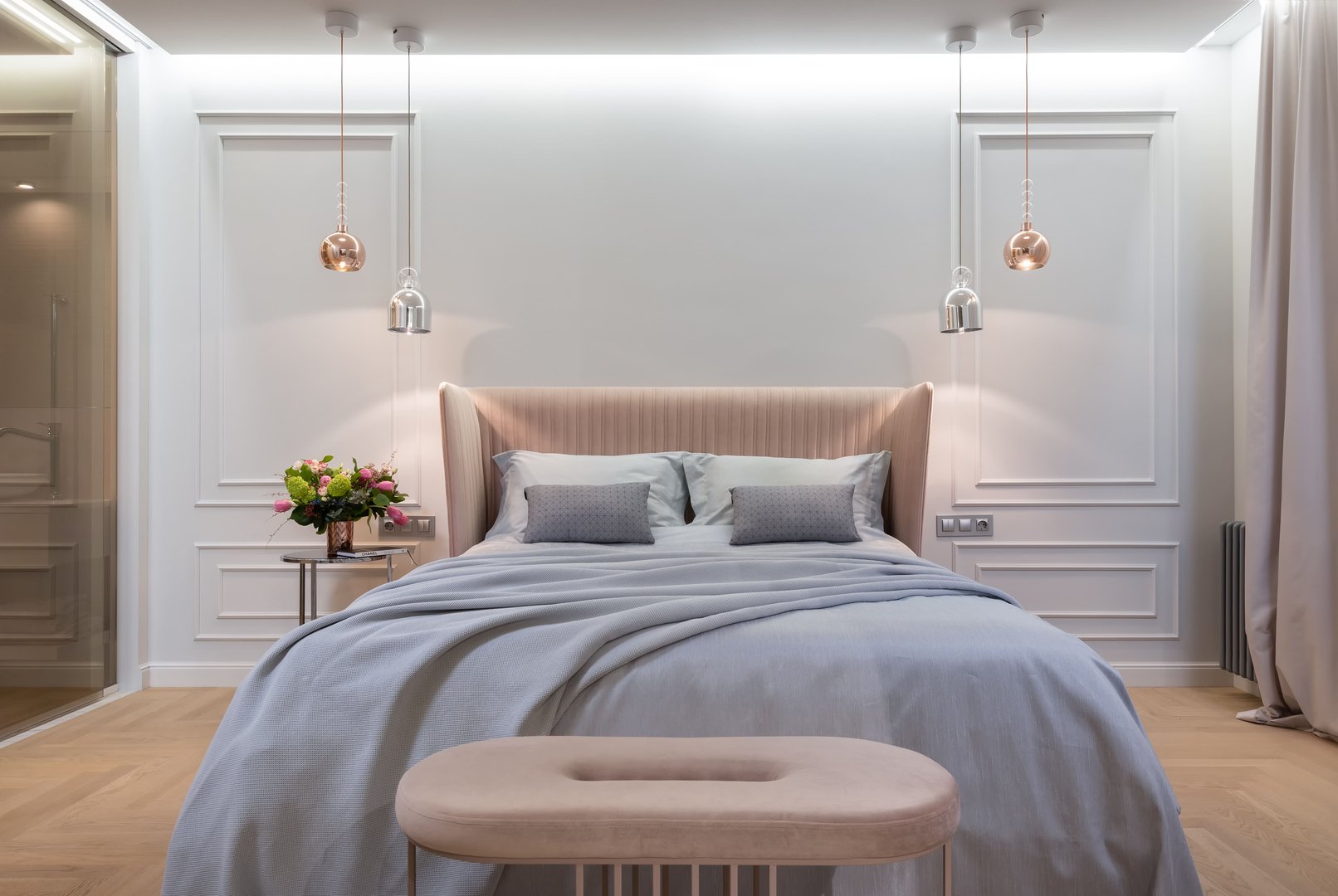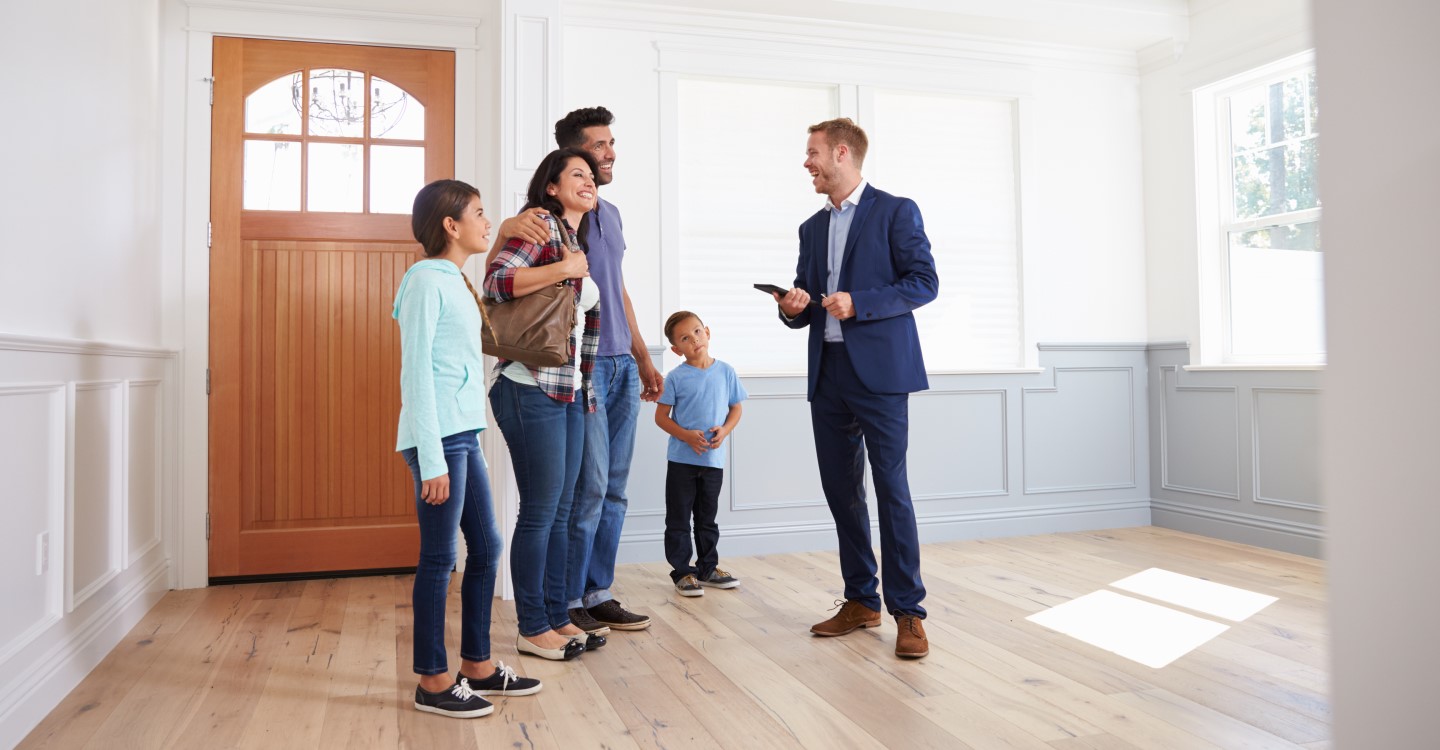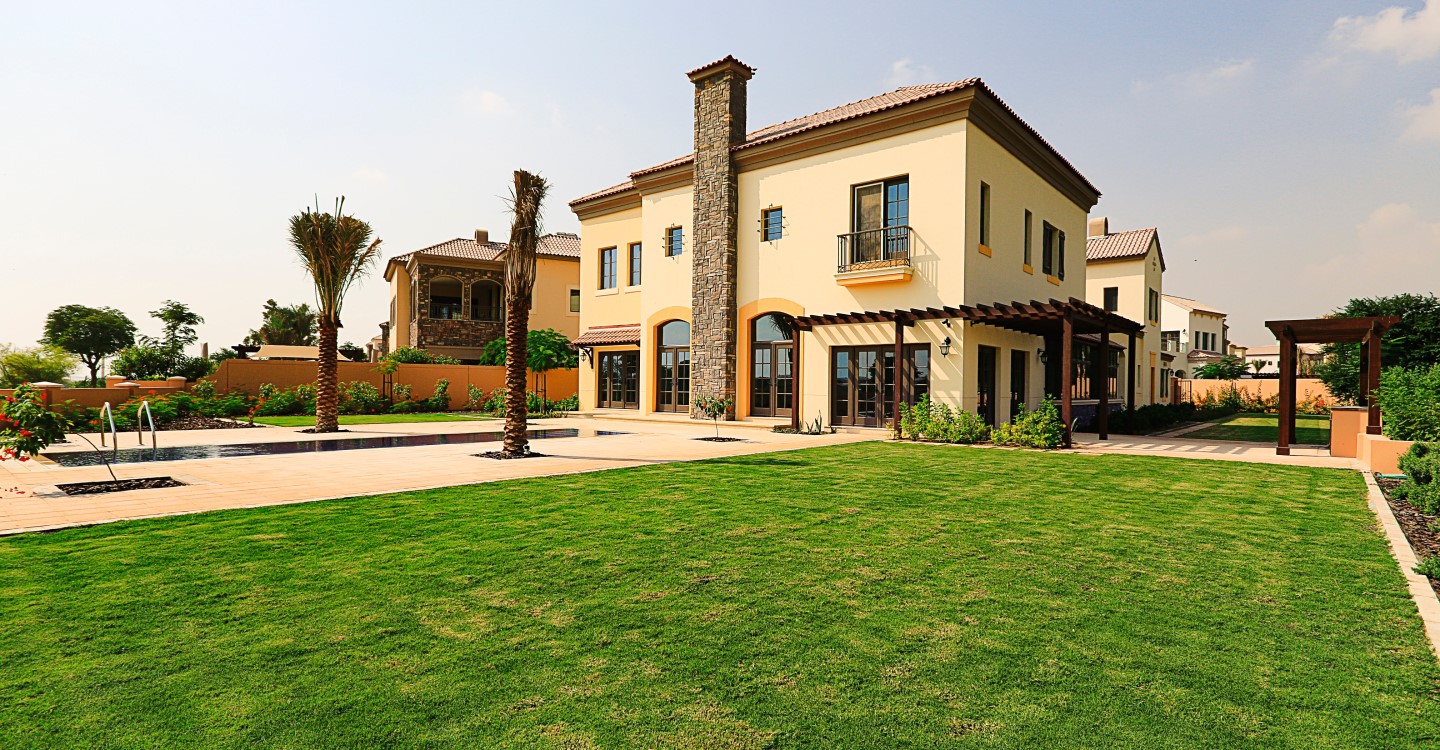
In today’s world, where space often comes at a premium, smart space utilization is essential for creating a functional and comfortable home. Whether you live in a small apartment or a large house, every square foot can be optimized to make your living area more practical and efficient. By embracing creative storage solutions, multi-functional furniture, and a minimalist mindset, you can maximize your space without sacrificing style or comfort.
No matter the size of your home, the key to smart space utilization is finding a balance between form and function. These strategies help you create an environment that feels open, organized, and effortlessly adaptable. By incorporating these ideas, you can transform even the most compact spaces into areas that reflect both your needs and personal style.
Maximizing your home’s space is an art that blends design with functionality. Whether you live in a cozy apartment or a spacious house, making the most out of every corner can transform your home into a more efficient, organized, and visually appealing space. Here are some extended and in-depth strategies for smart space utilization that can inspire your home transformation.
1. Multipurpose Furniture: An Ideal Companion for Small Areas
One of the best ways to utilize space efficiently is with multifunctional furniture, which offers versatility without sacrificing design. There are countless options available:
- Easy-to-assemble sofa beds that turn your living room into a guest bedroom.
- Desks that fold out for a work-from-home arrangement that vanishes when not in use.
- Coffee tables and ottomans that store extra blankets, magazines, or remote controls in secret recesses.
For families with kids, consider using modular furniture, such as stackable chairs and tables or beds with built-in drawers, which evolve with your needs. This flexibility not only saves space but also enhances the functionality of your home, making it easier to adapt to different activities throughout the day.
2. Vertical Storage Solutions: Utilize Your Wall Space
Vertical space becomes your best friend when floor space is limited. Wall-mounted solutions save important floor space while maintaining organization. Think about the following concepts:
- Shelves put on the wall to hold cookware, books, or décor.
- Hanging pots and pans racks in the kitchen or garage tool racks.
- Floating cabinets that add additional storage to bathrooms without taking up any floor space.
- High-mounted rods to maximize hanging space in laundry rooms or closets.
Another clever tip is to install shelving above doorways, which often goes underutilized. This way, you can store less-used items like holiday decorations or memorabilia out of the way, yet within reach.
3. Undiscovered Storage Areas: Covert Methods for Organizing
The best way to maintain a neat appearance in your house is using hidden storage options. This idea works particularly well in homes when there is obvious storage that could otherwise feel cluttered. Here are some suggestions:
- Beds have pull-out drawers or under-bed storage that provide a space to keep linens or seasonal apparel.
- Kitchen islands featuring built-in shelves or cabinets to store cookware or appliances.
- Banquette seating, which is frequently found in dining rooms and has lift-up storage beneath.
- Staircase shelves or drawers are a creative approach to make use of the empty space beneath the stairs.
These hidden storage solutions let you maintain a sleek, minimalist aesthetic while simultaneously clearing up clutter in your house.
4. Convertible Spaces: Modular Areas for Any Requirement
Modern homes of today require rooms that can change uses according to your daily routine. You may make the most of the utility of your spaces by utilizing creative design and adaptable furniture. As an illustration:
- Murphy beds, which can be folded into the wall to convert a bedroom during the day into an office or home gym.
- Drop-down tables that let dining rooms double as offices, art studios, or kid-friendly play spaces.
- Sliding doors or partitions that, when necessary, momentarily split huge rooms into distinct zones.
These flexible areas make it simple to manage your lifestyle without feeling constrained in tiny homes. You can make a single space serve several purposes with the correct furniture and design.
5. Smart Technology Integration: Automating for Efficiency
Smart home technology isn’t just a luxury—it’s also a space-saving solution. Automating your home can eliminate the need for traditional fixtures and free up space:
- Smart lighting controlled through apps or voice commands eliminates the need for bulky lamps or multiple light switches.
- Smart thermostats allow you to manage your home’s temperature without large wall units or additional controls.
- Integrated entertainment systems that hide cables and electronics for a clutter-free living room.
- Smart storage that helps you track what’s in your pantry or closet, preventing overstocking and helping maintain an organized system.
By incorporating these smart solutions, you not only improve efficiency but also create a cleaner, more streamlined environment.
6. Mirrors and Lighting: The Illusion of Space
If you're looking to make a small space feel bigger, the strategic use of mirrors and lighting can work wonders. Mirrors reflect both light and the room itself, giving the illusion of extra space. Some tips include:
- Mirrored walls in small hallways or living rooms to reflect light and create depth.
- Oversized mirrors in bedrooms or dining areas, which can make rooms appear more expansive.
- Mirror-backed shelving to create the illusion of more storage without overcrowding the room visually.
Lighting plays an equally crucial role in creating an open feel. A well-lit space looks bigger and more welcoming:
- Maximize natural light by using light, airy window treatments.
- Layer your lighting with a mix of ambient, task, and accent lighting, such as recessed lighting, wall sconces, or floor lamps, to brighten every corner.
- Use uplights or track lighting to draw the eye upward, making ceilings appear higher and the room more spacious.
7. Minimalist Design: Less is More
While it’s tempting to fill your home with furniture and décor, a minimalist approach can help you maximize space by keeping your environment clean and uncluttered. Focus on quality over quantity:
- Declutter regularly, keeping only the essentials.
- Invest in high-quality, multi-functional pieces that serve multiple purposes.
- Choose a neutral color palette with pops of accent colors to create a sense of openness.
- Embrace open shelving with minimal, curated items to prevent spaces from feeling heavy.
Minimalism encourages you to be intentional about what you bring into your home, allowing for a more streamlined and efficient living environment.
Conclusion
Maximizing your home’s potential comes down to smart space utilization, which involves clever design, multi-functional furniture, and creative storage solutions. Whether you’re looking to optimize a small apartment or rethink your spacious home’s layout, these innovative strategies will help you create a space that feels larger, more organized, and tailored to your lifestyle.
Smart space utilization is more than just a trend—it’s a sustainable, long-term approach to living well and making the most of your available space in any environment. Ready to transform your home into a functional haven? Implement these ideas, stay creative, and watch how every corner of your space comes to life with purpose and style!
